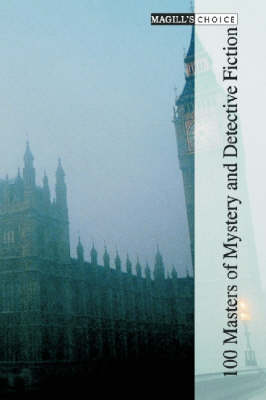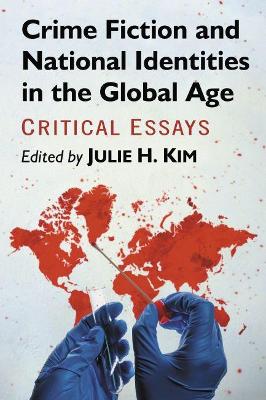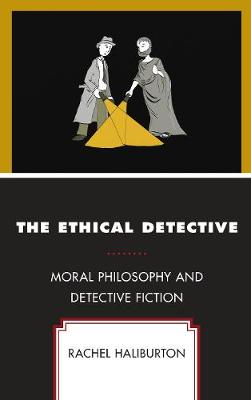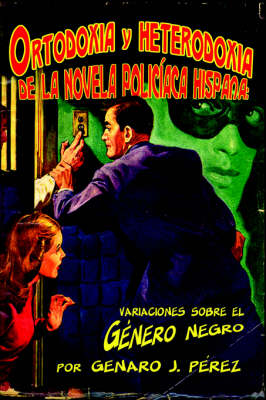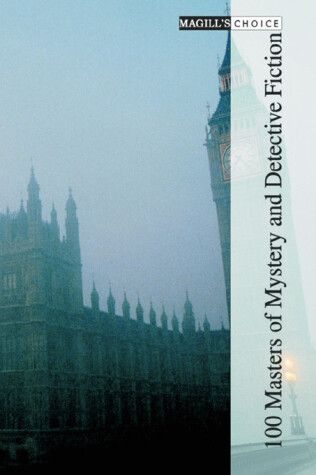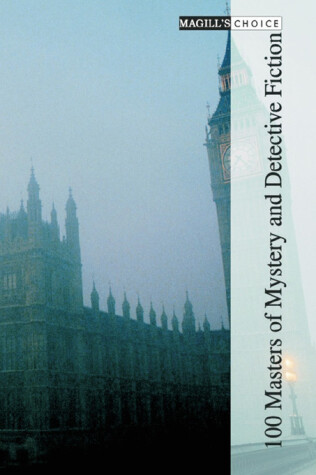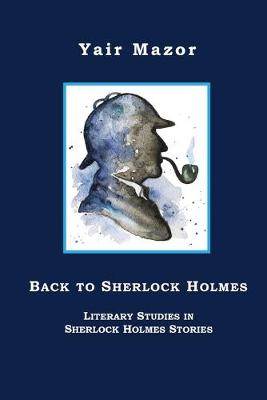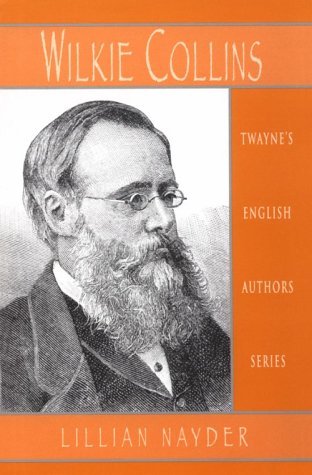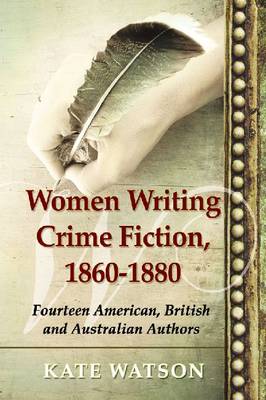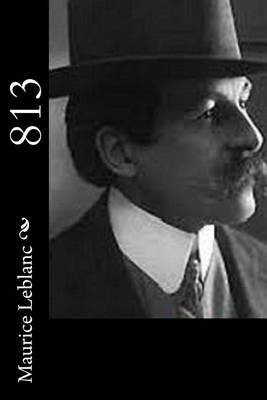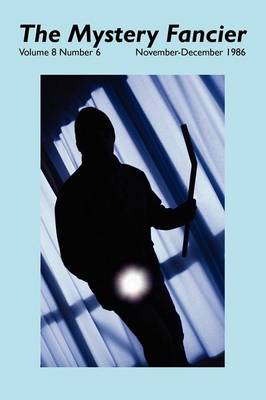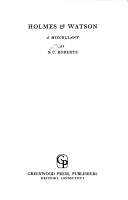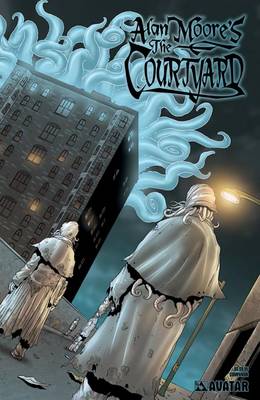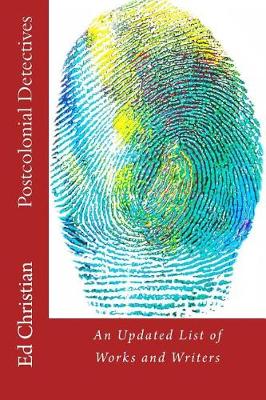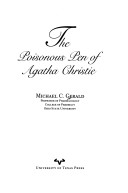Since Edgar Allan Poe invented the modern mystery novel in the mid-19th century, the number of authors writing in this field has steadily increased along with a demand for such literature. As a response to such growth, this text features articles on 100 of the most important writers of the genre.
To read a crime novel today largely simulates the exercise of reading newspapers or watching the news. The speed and frequency with which today's bestselling works of crime fiction are produced allow them to mirror and dissect nearly contemporaneous socio-political events and conflicts. This collection examines this phenomenon and offers original, critical, essays on how national identity appears in international crime fiction in the age of populism and globalization. These essays address topics...
New Perspectives on Detective Fiction (Routledge Interdisciplinary Perspectives on Literature)
This collection establishes new perspectives on the idea of mystery, as it is enacted and encoded in the genre of detective fiction. Essays reclaim detective fiction as an object of critical inquiry, examining the ways it shapes issues of social destabilization, moral ambiguity, reader complicity, intertextuality, and metafiction. Breaking new ground by moving beyond the critical preoccupation with classification of historical types and generic determinants, contributors examine the effect of my...
Detective fiction and philosophy3/4moral philosophy in particular3/4may seem like an odd combination. Working within the framework offered by neo-Aristotelian virtue ethics, this book makes the case that moral philosophers ought to take murder mysteries seriously, seeing them as a source of ethical insight, and as a tool that can be used to spark the ethical imagination. Detective fiction is a literary genre that asks readers to consider questions of good and evil, justice and injustice, virtue...
Ortodoxia y Heterodoxia de La Novela Policiaca Hispana
by Genaro J Perez
Agatha Christie Goes to War (Routledge Interdisciplinary Perspectives on Literature)
Agatha Christie has never been substantially considered as a war writer, even though war is a constant presence in her writing. This interdisciplinary collection of essays considers the effects of these conflicts on the social and psychological textures of Christie’s detective fiction and other writings, demonstrating not only Christie’s textual navigation of her contemporary surroundings and politics, but also the value of her voice as a popular fiction writer reflecting popular concerns. Agath...
Investigating Identities (Textxet: Studies in Comparative Literature, #56)
Femininity, Crime and Self-Defence in Victorian Literature and Society: From Dagger-Fans to Suffragettes (Crime Files)
by Emelyne Godfrey
Conan Doyle s name is synonymous with "The Strand" magazine, chiefly because of the Sherlock Holmes stories but also due to many of his other contributions, such as the Professor Challenger stories, his articles on spiritualism and fairies, and his coverage of the major battles of World War I. From 1891 until his death in 1930, almost 300 contributions by Doyle were published in "The Strand," including 120 stories, 9 serialized novels, and dozens of other items including poetry and interviews. I...
This study explores women's crime fiction writing in the mid to late 19th century in three national contexts: American, Australian and British. It also opens up critical histories of the genre. The bringing of women's ""criminographic"" fiction to critical attention will help correct a broader critical occlusion of crime fiction in the decades of 1860 to 1880, as generic forms and boundaries (including the rise of sensation fiction) shifted and altered.
813 (Arsene Lupin, Gentleman-Cambrioleur, #4) (Arsene Lupin, #4)
by Maurice Leblanc
When one of Arsene Lupin's victims is found dead in a way that implicates the wily criminal, he insists on heading the police search for the real murderer. The mystery involves finding a package of letters once written to Bismarck, locating a clock on which the number 813 has significance, as well as causing a reigning emperor to make several journeys incognito. Murders by the dozens, suicide and mild forms of torture are warp and woof of the plot.
Georges Simenon (1903-1989) was one of the most successful 20th-century authors of crime fiction. His 75 Maigret novels and 28 Maigret short stories published between 1931 and 1972 found international success, (he is the only non-anglophone crime writer who has found such international renown). His Maigret stories are regarded by many as having established a new direction in crime fiction, emphasising social and psychological portraiture rather than focussing on a puzzle to be solved or on ""act...
The story itself was just the beginning of the mystery of what lurks in the Courtyard. The Courtyard Companion delves deep into the Lovecraftian roots of the masterpiece! This volume reprints the original script it was drawn from with full annotations of all of the Lovecraftian references (over one hundred in total) painstakingly researched by scholar NG Christakos. Also included is Alan Moore's original short story the series was adapted from, several new pinups and art by series artist Jacen B...
Poisoning occurs in over half of Agatha Christie's many novels and stories. In fact, she used a larger number and broader selection of poisons and medicines, for a wider variety of purposes, with greater frequency, ingenuity, and scientific accuracy than any other detective fiction writer. Yet very little has been written on the use of drugs, poisons, and chemicals in Christie's fiction. The Poisonous Pen of Agatha Christie entertainingly and authoritatively fills this gap. Michael Gerald explor...

